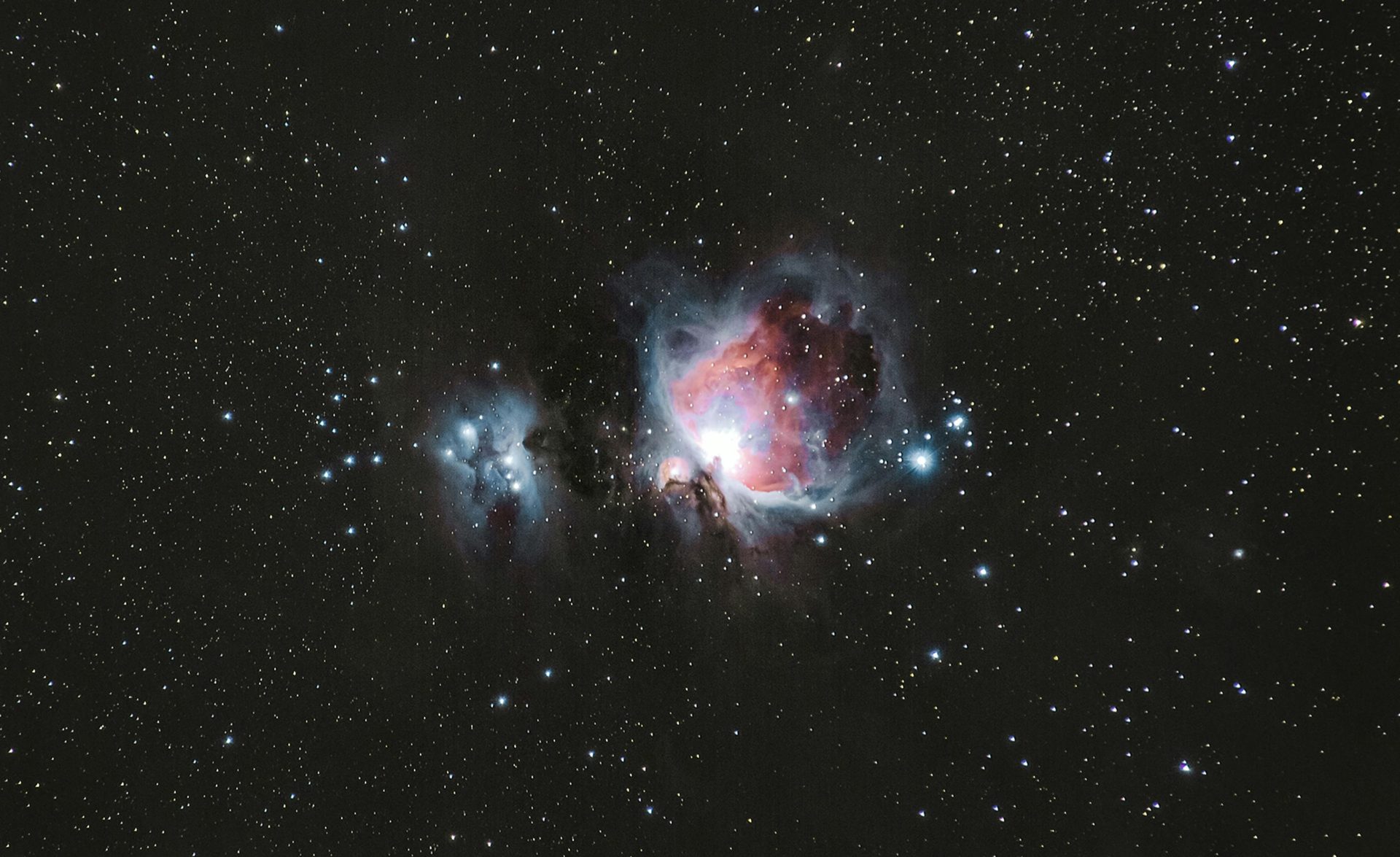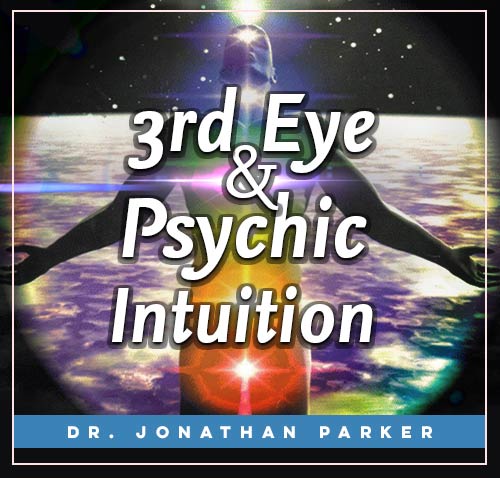Gaze Across Dimensions: Guide to Remote Viewing

Before diving in, please note: This post is for informational purposes only. If you’d like to know more about how we approach topics, feel free to check out our friendly Disclaimer Page.
Hey there, amazing readers! 🖐️ Just a quick note: yes, we know there are a lot of ads here. Trust us, we get it—it’s not the prettiest look, but they help us keep this blog alive and kicking. Those pesky little ads cover the costs of all the behind-the-scenes magic, from hosting and tech stuff to creating content we hope you’ll love.
We’re committed to delivering quality posts, and your support (even just sticking around despite the ads) means everything to us. So, bear with us, and thanks for helping us keep the good vibes rolling. Now, on to the fun stuff! 😉
TRANSLATE BUTTON AT THE END OF THE ARTICLE
Gaze Across Dimensions: Guide to Remote Viewing
Overview
Remote viewing is a fascinating phenomenon that allows individuals to access information about distant or unseen targets using only their minds.
It is a practice that has captured the imagination of many, as it seemingly allows us to perceive events, people, or locations beyond the limitations of our physical senses.
In this comprehensive guide, we will explore the concept of remote viewing from its historical roots to its practical applications and ethical considerations.
Whether you are a skeptic or a believer, this article will provide you with a detailed understanding of remote viewing and its potential implications.
What is Remote Viewing?
Remote viewing can be defined as the ability to gather information about a target or location without physically being present.
It is often described as a form of extrasensory perception (ESP) or clairvoyance, as it allows individuals to access information using their intuitive faculties.
It is important to note that remote viewing is distinct from astral projection or out-of-body experiences, as it does not involve the separation of consciousness from the physical body.
The History of Remote Viewing
The origins of remote viewing can be traced back to ancient civilizations that practiced divination and scrying.
However, the modern concept of remote viewing emerged in the 1970s when it was developed and studied by the United States military and intelligence agencies.
The Stanford Research Institute (SRI) played a pivotal role in researching and refining remote viewing techniques during this period.
Notable figures such as Ingo Swann and Harold Puthoff conducted groundbreaking experiments that demonstrated the potential of remote viewing for intelligence gathering.
How Does Remote Viewing Work?
The exact mechanisms behind remote viewing are still a subject of scientific debate.
However, it is believed that remote viewing involves the utilization of the subconscious mind to access information beyond the range of our ordinary senses.
The process typically involves a remote viewer who enters a relaxed state of consciousness and focuses their attention on a specific target.
Through this mental focus, the remote viewer is able to receive impressions, images, and sensations related to the target.
Developing Remote Viewing Skills
While some individuals may possess a natural inclination towards remote viewing, it is a skill that can be developed and refined with practice.
One of the fundamental aspects of remote viewing is the ability to quiet the analytical mind and tap into the intuitive faculties.
Meditation and mindfulness practices can be beneficial in cultivating the necessary mental clarity and focus required for remote viewing.
Additionally, working with experienced remote viewers or participating in structured training programs can help individuals enhance their remote viewing abilities.
Tools and Techniques for Remote Viewing
Remote viewing can be performed with or without the use of specific tools or techniques.
However, certain aids can assist in the process and provide a framework for gathering information.
One commonly used technique is the use of a set of coordinates or numbers that represent the target.
By focusing on these numbers, the remote viewer can establish a connection with the target and access relevant information.
Additionally, sketches, drawings, or written descriptions can be employed to record the impressions received during a remote viewing session.
Remote Viewing: Fact or Fiction?
The validity of remote viewing as a phenomenon has been a subject of debate among scientists and skeptics.
While many dismiss remote viewing as pseudoscience or mere fantasy, there are compelling cases and scientific studies that suggest otherwise.
The extensive research conducted by the SRI, as well as successful demonstrations of remote viewing in controlled settings, have raised questions about the nature of consciousness and the limits of human perception.
It is essential to approach remote viewing with an open mind and consider the available evidence before forming a conclusion.
Applications of Remote Viewing
Remote viewing has found applications in various fields, including intelligence gathering, archaeology, and personal development.
In the realm of intelligence and military operations, remote viewing has been utilized to gather information about potential threats and targets of interest.
Archaeologists have also employed remote viewing techniques to uncover hidden artifacts or lost civilizations.
Unlock your potential with the Advanced Intuition Training Course – start here.
On a personal level, remote viewing can be used for self-exploration, accessing intuitive insights, or gaining a deeper understanding of one’s surroundings.
Benefits and Limitations of Remote Viewing
The practice of remote viewing offers several potential benefits.
It can provide a means of gathering information that is not accessible through conventional means, allowing for unique insights and perspectives.
Remote viewing can also enhance intuition and expand one’s understanding of the interconnectedness of the universe.
However, it is important to acknowledge the limitations of remote viewing.
The accuracy and reliability of remote viewing can vary among individuals, and it is not a foolproof method for obtaining information.
It is crucial to approach remote viewing with a discerning mindset and avoid making unfounded claims based on incomplete data.
Ethical Considerations in Remote Viewing
As with any form of psychic or intuitive practice, ethical considerations play a significant role in remote viewing.
Respecting privacy, obtaining informed consent, and maintaining confidentiality are essential aspects of conducting ethical remote viewing sessions.
It is also crucial to approach remote viewing with a sense of responsibility and avoid using it for malicious purposes or invading the privacy of others.
Practitioners should follow ethical guidelines and ensure that their intentions are aligned with the highest good of all involved.
Famous Remote Viewing Cases
Several famous cases have emerged that purportedly showcase the effectiveness of remote viewing.
One notable example is the Stargate Project, a classified program sponsored by the U.S. government that aimed to investigate the potential applications of remote viewing for intelligence gathering.
Remote viewers involved in the project allegedly provided accurate and actionable information on various targets of interest.
Another case involves the remote viewer Ingo Swann, who successfully described details of the planet Jupiter before the Voyager spacecraft confirmed his findings.
These cases, among others, have contributed to the ongoing discussion and investigation of remote viewing.
Exploring the Future of Remote Viewing
The future of remote viewing holds immense possibilities.
As scientific understanding of consciousness and human perception continues to advance, remote viewing may become more widely accepted and integrated into various fields.
Technology may also play a role in enhancing remote viewing capabilities, potentially allowing for real-time remote viewing experiences or the development of devices that amplify intuitive faculties.
Continued research and exploration are necessary to unlock the full potential of remote viewing and to further our understanding of the nature of consciousness.
Conclusion
Remote viewing is a phenomenon that challenges our conventional understanding of perception and consciousness.
Whether viewed as a fascinating ability or an unproven pseudoscience, remote viewing has captured the attention of many.
This comprehensive guide has provided an in-depth exploration of remote viewing, covering its history, mechanisms, development, applications, and ethical considerations.
While the debate about the validity and limitations of remote viewing continues, it is clear that this practice has the potential to unlock new avenues of perception and understanding.
Whether you are a skeptic or a believer, remote viewing offers a thought-provoking and intriguing journey into the unknown depths of the mind.

The Enlightenment Journey is a remarkable collection of writings authored by a distinguished group of experts in the fields of spirituality, new age, and esoteric knowledge.
This anthology features a diverse assembly of well-experienced authors who bring their profound insights and credible perspectives to the forefront.
Each contributor possesses a wealth of knowledge and wisdom, making them authorities in their respective domains.
Together, they offer readers a transformative journey into the realms of spiritual growth, self-discovery, and esoteric enlightenment.
The Enlightenment Journey is a testament to the collective expertise of these luminaries, providing readers with a rich tapestry of ideas and information to illuminate their spiritual path.
Our Diverse Expertise 🌟
While our primary focus is on spirituality and esotericism, we are equally passionate about exploring a wide range of other topics and niches 🌍📚. Our experienced team is dedicated to delivering high-quality, informative content across various subjects ✨.
To ensure we provide the most accurate and valuable insights, we collaborate with trusted experts in their respective domains 🧑🏫👩🏫. This allows us to offer well-rounded perspectives and knowledge to our readers.
Our blog originally focused on spirituality and metaphysics, but we’ve since expanded to cover a wide range of niches. Don’t worry—we continue to publish a lot of articles on spirituality! Frequently visit our blog to explore our diverse content and stay tuned for more insightful reads.







